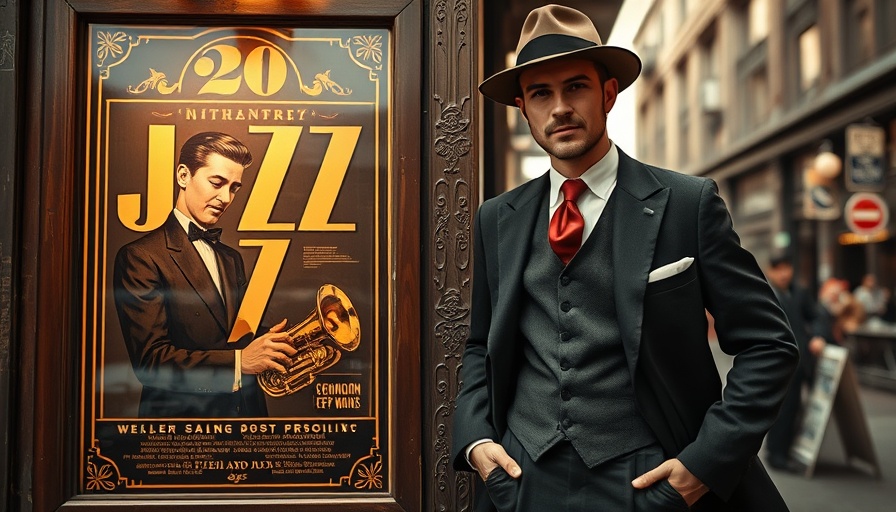
The Birth of a Legacy: Gershwin’s Jazz Symphony
On January 3, 1924, George Gershwin was just another young composer when fate intervened in a surprising way. While playing pool in a Manhattan billiard hall, he learned from his brother Ira about a sensational newspaper claim that said he was working on a jazz concerto. Intrigued and perhaps a bit pressured, Gershwin embarked on what would become a transformative journey in American music—the creation of "Rhapsody in Blue." Within five short weeks, he broke down the walls separating popular music from classical performance. This was the dawn of Neo-Classical Jazz.
A Pivotal Moment in American Music
The February premiere at Aeolian Hall would forever change how jazz was perceived. Gershwin’s unique fusion of jazz and classical styles resonated with audiences, shaping the very soundscape of Jazz Age New York. Not only was it a significant event for Gershwin, but it also marked a turning point for American music, demonstrating that jazz could hold its own within the concert hall.
Artists Redefining Jazz Today
Fast forward to today, and "Rhapsody in Blue" continues to inspire musicians across genres. Contemporary reinterpretations blend traditional jazz with modern influences, keeping the spirit of Gershwin alive. Artists like Michael Feinstein have created audio histories that pay homage to this timeless piece, illustrating its enduring impact. Gershwin’s ability to capture the essence of his time has made this composition a staple in both popular and classical music.
The Enduring Legacy of Gershwin
Gershwin’s journey from a simple newspaper article to a groundbreaking musical composition exemplifies how one individual's creativity can influence a cultural movement. His work invites every generation to experience the joy of music. As we celebrate significant anniversaries in 2025 and beyond, it is essential to appreciate the remarkable figures like Gershwin, whose legacies continue to inspire artists and audiences alike.
Why This Matters to You
Gershwin’s story serves as a reminder of the power of innovation and courage in the face of uncertainty. Whether you’re an accountant, lawyer, or medical professional, the lessons of adaptability and creativity resonate across fields and can encourage you to think outside the box in your own careers. Embrace the unexpected and allow yourself to create and inspire.
 Add Row
Add Row  Add Element
Add Element 



Write A Comment